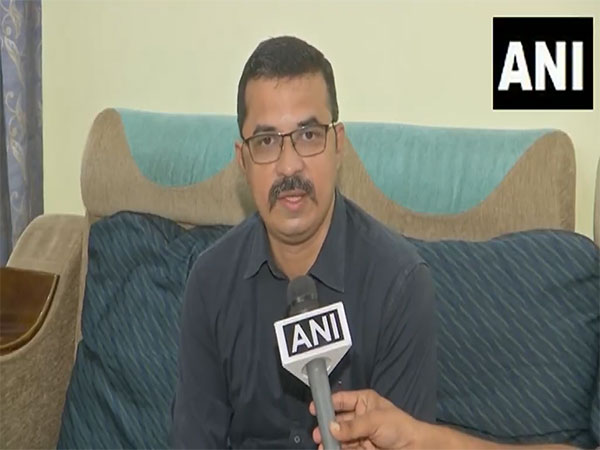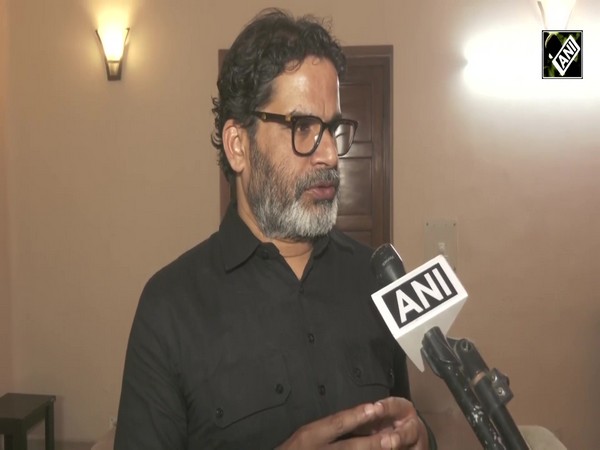Before Tandoori Chicken: The restaurants of New Delhi
May 03, 2020

By Prem Prakash
New Delhi [India], May 3 : Those were the days when the twin cities of Delhi and New Delhi were small with a population of around 350,000. New Delhi had just been built and was beginning to be inhabited, with shops and few restaurants moving in. World War 2 broke out in 1939. That gave a fillip to the growth of New Delhi. Elite and civil servants moved from Civil Lines of Old Delhi to the newly built sprawling bungalows of Lutyens New Delhi.
New Delhi also had its first hotel, The Imperial, inaugurated by Lord Willingdon in 1936. Its design and architecture were by Blomfield, an associate of Lutyens. It is built in the Victorian style.
Connaught Place, the most posh market of India, also opened in 1933, though many buildings took more time to complete. My father told me that among the shops that moved in early from Old Delhi were Baluja, Keventers, Galgotia and Snow White, owned by a Sardar Sahib whom my father knew well. Wenger's restaurant and pastry shop was owned by a Swiss couple. I am not sure if they were the same couple who owned two hotels in the Civil Lines of Delhi.
As the place grew, and a number of people began moving into and around Lutyens New Delhi, there arose demand for restaurants. Three fine restaurants opened- Davicos next to Regal Cinema on the first floor, Wenger's was already there, the third was Metro on Janpath. And fourth- Nirula's Corner opened in 1942 in L Block and was owned by brothers Lakshmi Chand Nirula and Madan Gopal Nirula. Imperial Hotel had the restaurant cum night club The Tavern. The manager of Imperial used to be an Italian, Mr Sibelia.
The owners of the restaurants of the era gone by made every effort to ensure that not only good food was served, but great entertainment was provided to the guests. These were patronised by British and other foreigners living in New Delhi apart from the rich and upper-middle-class Indians. The guests would arrive always impeccably dressed in formal wear, the Indian ladies wearing flowing saris. The chefs in these restaurants were either Italian or French. Limited or no Indian food was served. No one knew of Tandoori cuisine. And for kebabs you went to old Delhi till Laxmi restaurant opened in the outer circle during the war.
Nirulas Corner had a British Manager, Mr Roberts. Like others, Nirulas too had a live band and a beautiful dance floor. Then there was cabaret as also Flamingo dancers from Spain. Nirula's would serve a five-course meal for Rs. 250.00. The place would be packed as ballroom dancing was extremely popular. It continued to be so till the mid-60s. Life was gracious and full of courtesies, live band at Nirulas was conducted by a chubby short fellow. I remember his name as Benny. He later moved to Bollywood to seek opportunity there. Nirulas also had what I consider till today, a very fine Chinese food restaurant, finest in India, The Chinese Room. It was designed like a railway dining car.
Davicos was largely patronised by the British. As time moved and New Delhi grew, it attracted others as well. It had a really big dance floor because the restaurant itself was a sprawling one. Some good cabaret artists from Europe performed there, and a crooner too entertained the guests. Thus going to a restaurant for dinner those days meant that you really had a relaxing and entertaining evening. Not like the restaurants of today that seem to want you out even as you still have not finished your meal. As entertainment, you listen to
music, mostly Bollywood songs played on the public address system!
At the Tavern in Imperial Hotel the atmosphere was great with subdued lighting and beautiful table lamps on each table. Live band and dance floor was ever so busy. Mr Sibelia used to be around in the evenings checking with guests if everything was fine. Crooner would sing songs from Hollywood movies and some from the British.
When Japan attacked Pearl Harbour, Americans joined the Allies in war against Germany and Japan, a large contingent of US troops arrived in India for the defence of India. Japanese with the Indian National Army as its ally were moving towards the Indian border after capturing Burma. Presence of large numbers of Americans in New Delhi gave a great fillip to the restaurants of New Delhi.
Americans are very fond of ice cream. Nirulas and Kwality became favourite of the US troops for ice cream. A few more restaurants opened in New Delhi, among this, Peiping in Connaught Place. My father bought that from its Chinese owner sometime in 1946, but his elder brother sold it in 1949.
Evenings spent in the restaurants of that era were relaxing. One felt great dressed formally and the restaurants maintaining a protocol in service. Children were not allowed in the evenings.
Came independence in 1947 and the great influx of people from Punjab and North-West Frontier Province brought Tandoori cuisine to the capital. This made the north Indian food very popular. Credit for making Tandoori food famous the world over must go to Mr Kundan Lal who opened Moti Mahal in Darya Ganj. His restaurant was not formal and children were welcome with families. Thus began the steady change in restaurants that now also began to offer north Indian food, particularly Tandoori chicken.
The old restaurants of New Delhi were overwhelmed by this change. Many more restaurants like Gaylord, Volga, Embassy, United Coffee House, Alps, etc opened. British had left. By mid-50s, the great formal restaurants of New Delhi were to become a memory- a memory of warm hospitable evenings.
The author of this Opinion piece is the Chairman of ANI, Mr Prem Prakash.

















